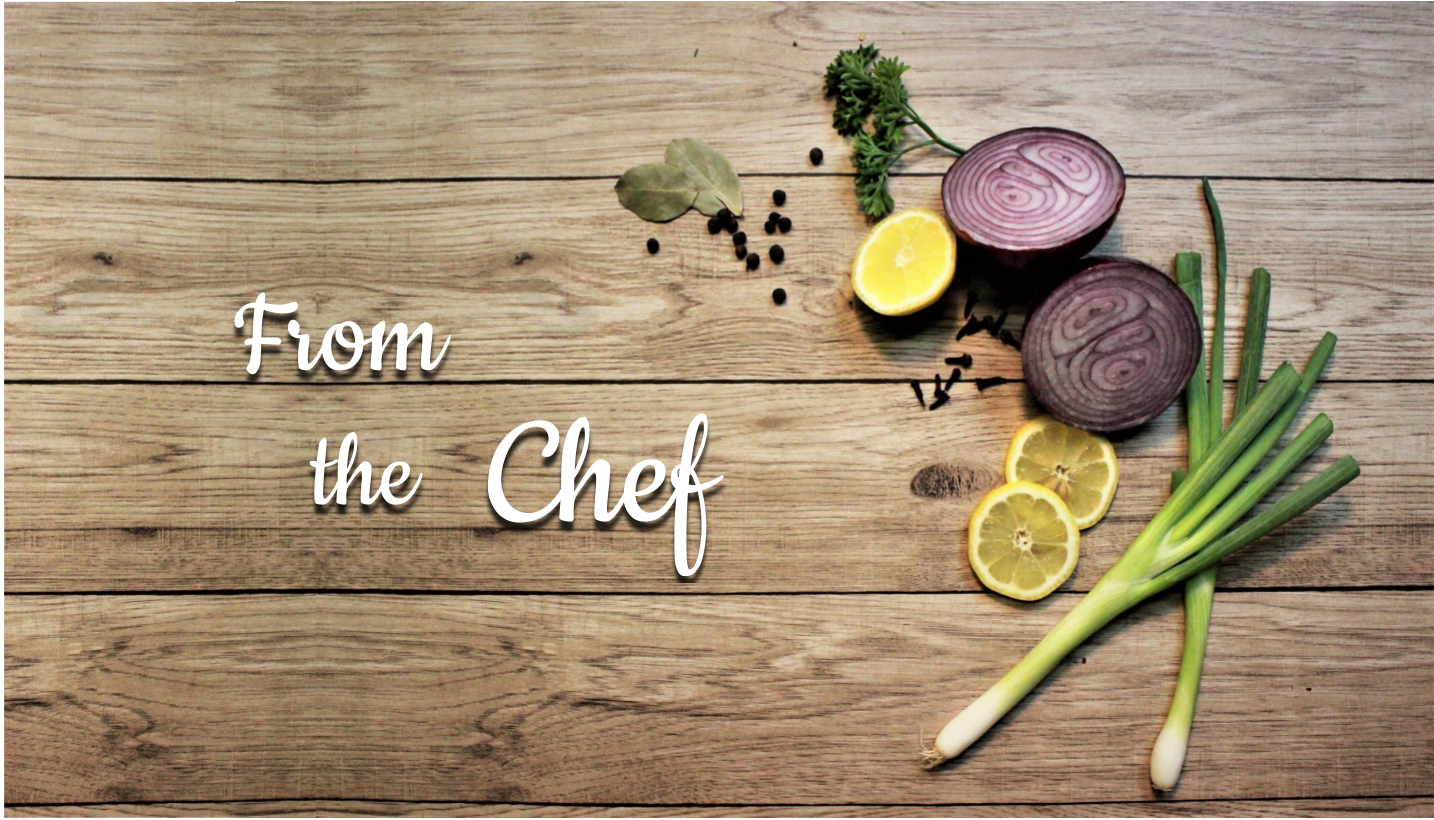This summer I will be taking a four-day camping trip to the Upper Peninsula with a group of friends. Over the last few weeks, some of them have been testing out commercial freeze-dried meal pouches, and sharing their reviews on our group chat. Although these meals provide a nice, warm and convenient dinner, they can also be costly if you need several day’s worth.
One of my friends suggested making our own dehydrated meals. I’ve dehydrated food before, but not in the sense of a full meal. My mother had once made spaghetti sauce and dried it into a “leather,” to rehydrate for a spaghetti night in the Boundary Waters. I thought, why not give it a shot?
My biggest concern in this process is food safety. Commercially freeze-dried foods last much longer than simply dehydrated foods because the freeze-drying process eliminates more water than an at-home dehydrator can. So, because these DIY meals are more susceptible to spoilage, be sure to read full recipes and dehydrating guidelines if you decide to try this on your own. My trip isn’t for another week, so I am keeping my dehydrated meal in the freezer until then.
After much research and seeing what other people have tried, I decided to make a chicken shepherd’s pie (the leaner the meat, the safer and better it will dehydrate). One recipe also suggested that using canned (or pressure-cooked) chicken will rehydrate with a better consistency, so I went that route. With the help of some boxed mashed potatoes, herbs, and bouillon cubes, all I actually had to dehydrate was the meat and some vegetables.

First, I squeezed (and reserved) as much of the liquid from the chicken as I could. Then, I shredded the chicken and tossed it with a few spoonfuls of corn starch. This not only helps the chicken dry faster, but it will also thicken and make a gravy when everything gets rehydrated. After spreading the chicken thinly on a dehydrating tray, the drying process only took a few hours.
For the vegetables, I combined small-diced celery, onion, and grated carrot in a large skillet with the chicken broth from the can (I did not add any oil or fat). I let the vegetables simmer and cook down until most of the moisture was evaporated. Cooking the vegetables isn’t always necessary but allows for much quicker rehydration. I also added peas before the vegetables were totally finished cooking. I then transferred the vegetables to a dehydrator tray, spreading them as thin as possible. This mixture took about six hours to dry.

Once everything was dried and cool, I combined the chicken and vegetables in a plastic bag with a bouillon cube and herbs (I guessed on the amount, we’ll see how I did flavor-wise later). I then filled a second bag with about two servings of store-bought potato flakes. My “game changer” ingredient find here is the shelf-stable organic milk in single-serve cartons that I had no idea were available from Horizon Foods. This will be perfect for finishing the shepherd’s pie gravy, and for making nice and creamy mashed potatoes.
For rehydration, the general ratio is about one-to-one of liquid vs volume of dry food; so that process should be pretty cut-and-dry (see what I did there, haha). I have a feeling this is going to make a terrific meal for a chilly night in the woods. Or, at the very least, I had a lot of fun making something I had never tried before, and this will be a learning experience for next time!

